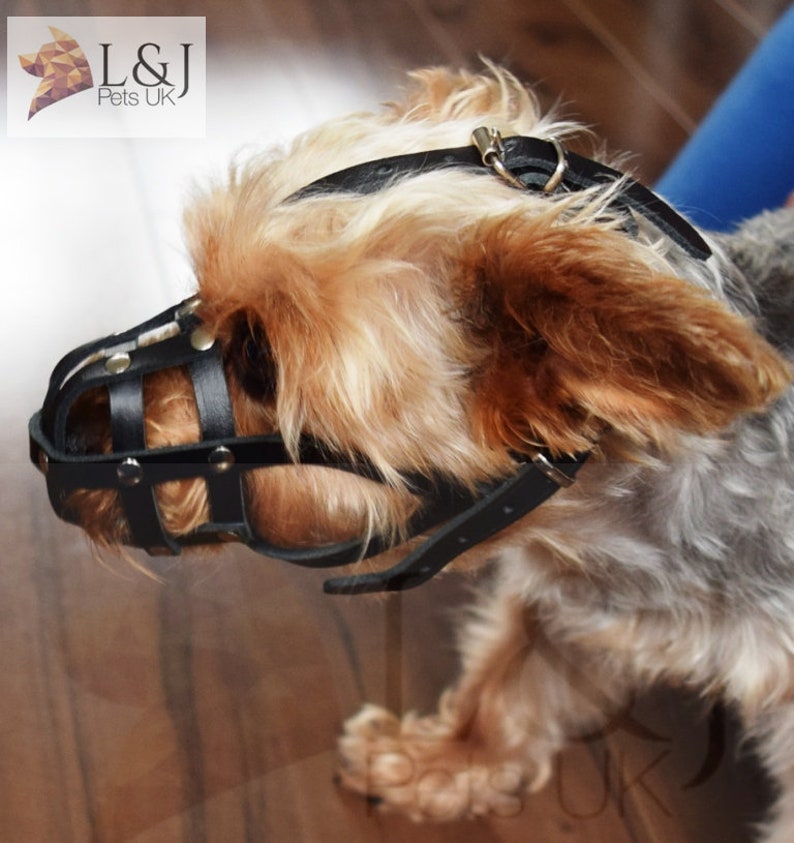

#Toy chihuahua muzzle skin#
Offer your dog some edible things to chew, like bully sticks, pig ears, rawhide bones, pig skin rolls or other natural chews.If you have concerns about what’s safe to give your dog, speak with his veterinarian.) Also keep in mind that some intense chewers may be able to chip small pieces off of natural bones or chip their own teeth while chewing. Do not give him cooked bones, like leftover t-bones or chicken wings, as these can splinter and seriously injure your dog. (Use caution: Only give your dog natural bones that are sold specifically for chewing. It’s ideal to introduce something new or rotate your dog’s chew toys every couple of days so that he doesn’t get bored with the same old toys. Pay attention to the types of toys that keep him chewing for long periods of time and continue to offer those. Provide your dog with plenty of his own toys and inedible chew bones.Keep shoes and clothing in a closed closest, dirty laundry in a hamper and books on shelves. Put valuable objects away until you’re confident that your dog’s chewing behavior is restricted to appropriate items. They need to be taught in a gentle, humane manner. Dogs need to learn what is okay to chew and what is not.

However, just providing the right things to chew isn’t enough to prevent inappropriate chewing. Both puppies and adult dogs should have a variety of appropriate and attractive chew toys. While chewing behavior is normal, dogs sometimes direct their chewing behavior toward inappropriate items. They chew for fun, they chew for stimulation, and they chew to relieve anxiety. Dogs love to chew on bones, sticks and just about anything else available. This activity keeps their jaws strong and their teeth clean.

Both wild and domestic dogs spend hours chewing bones. Although puppies do need to chew on things, gentle guidance can teach your puppy to restrict chewing to appropriate objects, like his own toys.Ĭhewing is a perfectly normal behavior for dogs of all ages. Some recommend giving puppies ice cubes, special dog toys that can be frozen or frozen wet washcloths to chew, which might help numb teething pain. This intensified chewing phase usually ends by six months of age. Much like human infants, puppies go through a stage when they lose their baby teeth and experience pain as their adult teeth come in. The desire to investigate interesting objects and the discomfort of teething motivate puppies to chew.
#Toy chihuahua muzzle how to#
How to Manage or Reduce Your Dog’s Destructive Chewing Dogs usually direct this kind of chewing toward objects related to food or that smell like food.
#Toy chihuahua muzzle professional#
If you think this might be the case with your dog, please see our article, Finding Professional Behavior Help, for information about finding a Certified Applied Animal Behaviorist (CAAB), a board-certified veterinary behaviorist (Dip ACVB) or a Certified Professional Dog Trainer (CPDT) with specialized training and experience in treating compulsive behavior.Ī dog on a calorie-restricted diet might chew and destroy objects in an attempt to find additional sources of nutrition. If a dog’s fabric-sucking behavior occurs for lengthy periods of time and it’s difficult to distract him when he attempts to engage in it, it’s possible that the behavior has become compulsive. Some experts believe that this behavior results from having been weaned too early (before seven or eight weeks of age). Some dogs lick, suck and chew at fabrics. To learn more about separation anxiety and how to treat it, please see our article, Separation Anxiety.

They also display other signs of separation anxiety, such as whining, barking, pacing, restlessness, urination and defecation. Rule Out Problems That Can Cause Destructive Chewingĭogs who chew to relieve the stress of separation anxiety usually only chew when left alone or chew most intensely when left alone. Chewing also combats boredom and can relieve mild anxiety or frustration. For older dogs, it’s nature’s way of keeping jaws strong and teeth clean. For young dogs, it’s a way to relieve pain that might be caused by incoming teeth. Chewing accomplishes a number of things for a dog. It’s normal for puppies and dogs to chew on objects as they explore the world.


 0 kommentar(er)
0 kommentar(er)
